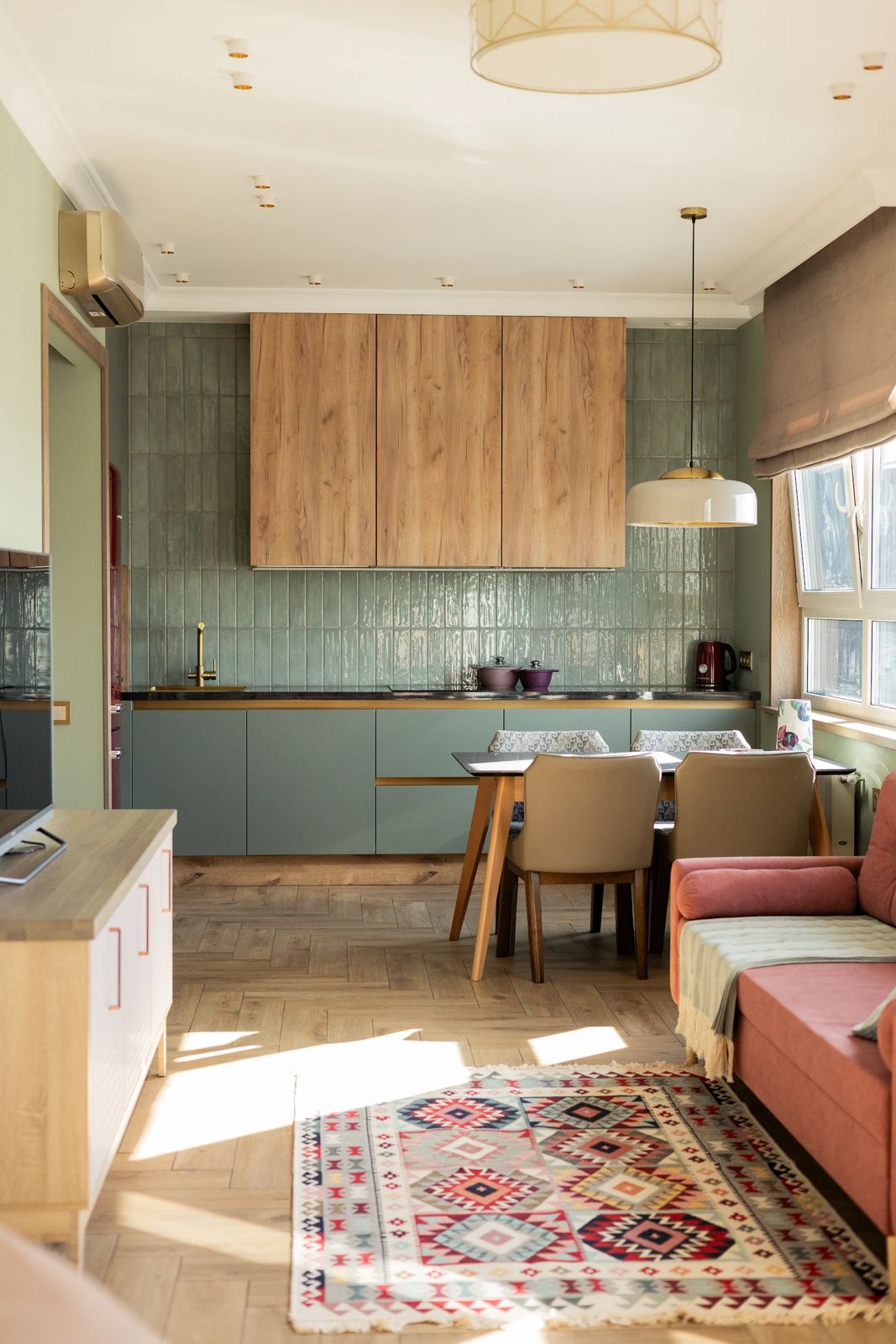Culinary Spaces Redefined
The Evolution of the Kitchen
Historically, kitchens have been purely functional spaces relegated to the back of the home, meant only for the preparation of meals. However, modern design trends have led to a seismic shift in the role culinary spaces play within the home. Today, kitchens are often the heart of the home, designed to accommodate not only cooking but also social interactions and entertainment. With the advent of open-floor plans, kitchens are no longer hidden away but are showcased as a focal point, merging seamlessly with living and dining areas.
Technology and Innovation
Advancements in technology have played a pivotal role in redefining our culinary spaces. Smart kitchen appliances that can be controlled via smartphone apps, refrigerators that can order groceries online, and ovens that can be preheated remotely are just a few examples of how technology is making kitchens more efficient and user-friendly. In the world of design, the integration of technology is leading to cleaner lines, less clutter, and a more streamlined approach to kitchen aesthetics.
Design with Purpose
The philosophy of form following function has never been more relevant than in the contemporary kitchen. Ergonomic design ensures that everything is within easy reach, minimizing movement and saving time. Additionally, the use of sustainable materials and energy-efficient appliances signifies a commitment to environmental responsibility, which is increasingly important to homeowners. Aesthetically, there is a movement towards personalization, with customizable options for color, texture, and material, allowing culinary spaces to reflect the homeowner's personality and style.
The Social Kitchen
Culinary spaces today often include elements designed for social interaction. Features like larger islands, breakfast bars, and comfortable seating areas encourage gatherings and conversations. The social kitchen blurs the lines between cooking and entertainment, providing a relaxed and welcoming atmosphere where guests can interact with their host. Whether it's a casual family get-together or a formal dinner party, the modern kitchen is equipped to handle it all with grace and style.
Sustainability and Wellness
Another important aspect of the redefined culinary space is its focus on health and wellbeing. This is not only reflected in food preparation but also in the choice of materials and the indoor environment. Non-toxic, low-VOC (volatile organic compounds) paints and finishes, as well as cabinetry made from sustainable or recycled materials, contribute to a healthier space. The inclusion of indoor herb gardens and planters brings a touch of nature inside, promoting a healthier lifestyle and providing fresh ingredients at arm's reach.
Maximizing Small Spaces
Not every home has the luxury of a vast kitchen, but even small culinary spaces can be redefined and optimized. Innovations such as compact, multi-purpose appliances, folding furniture, and clever storage solutions can transform a cramped kitchen into a functional and enjoyable space. Designers are finding creative ways to maximize every inch, turning small kitchens into highly efficient and visually appealing parts of the home.
Conclusion
The redefinition of culinary spaces reflects wider societal changes, where the act of meal preparation is no longer a solitary task but a communal, enjoyable experience. As technology, design, and lifestyle trends continue to evolve, our kitchens will adapt alongside them, becoming spaces that not only serve our practical needs but also enrich our daily lives. The modern culinary space is about more than just food—it's about connection, innovation, and celebrating the joy of cooking in an environment that resonates with contemporary life.
